Why Was Weed Made Illegal in USA?

Stolen pleasures are sweetest. If that is how weed became illegal, we have to thank US jurisdiction for enhancing people's interest in cannabis. Jokes aside, the legality of possession, distribution, and cultivation of marijuana varies globally.
From imprisonment for weed possession in Asian and Middle Eastern countries to full cart blanche in Canada, Mexico, and South Africa, cannabis policies differ from country to country. Although still conforming with United Nations treaties, every country plays by its own rules.
The United States isn’t sinking alone in a mash of questionable controversies surrounding weed legalization. But unlike other countries, the disputes have been up-and-coming for almost a century now.
Why Was Marijuana Made Illegal? – A Historical Overview
The history offers quite a few interesting insights as to why was marijuana made illegal.
Before the 20th century, buying weed at a drug store was just as common as buying candies. Literally, the hashish candy, advertised in an 1862 issue of Vanity Fair, was used as “a most wonderful medical agent for the cure of nervousness, weakness, melancholy.” It wasn't until the 1910s that marijuana became the subject of federal regulation, shortly after Americans were introduced to the practice of smoking by Mexican immigrants.
Major dates related to the history of the marijuana ban in the US:
- 1906 - Pure Food and Drug Act obliged medicine companies to list marijuana on their labels.
- 1914 -1925 - Twenty-six states introduced laws banning cannabis without legislative debates.
- The 1920s - Tenacious propaganda in newspapers and magazines promoted weed as an addictive substance associated with murder, violence, and immigrants.
- 1937 - Marijuana Tax Act prohibited cannabis at the federal level, also requiring dealers to pay a transfer tax.
- 1940-1950 - Any reports and mentions in the press in favor of marijuana were either banned or attacked by the US Treasury Department's Narcotics Bureau.
- The 1960s - A sharp increase in marijuana use among youth who stood up for the legality of smoking pot.
- 1970-1971 - President Nixon's office spent $37 million worth of commercial airtime on anti-drug advertising.
When was weed made illegal? In 1970, the Comprehensive Drug Abuse Prevention and Control Act placed marijuana in the most restrictive category of drugs. Cannabis was banned even from medical practice. The more people questioned weed restrictions in the subsequent decades, the harsher anti-drug propaganda and laws would get.
Read More About Marijuana Laws In The Following States: Michigan, Colorado, Illinois, South Dakota, Alaska, Maine, Montana, New Jersey, Washington, Massachusetts, Maryland
How Cannabis Was Used Before It’s Ban (Not Smoking)
Cannabis is not only good for smoking. The history of cannabis cultivation in the US dates back to the early colonists, who grew cannabis for textiles and rope. Weed is made from plant fibers that historically have proven to be useful for multiple purposes.
Treatment
Marijuana was freely available at drug stores throughout the 19th century as a patent medicine and was first mentioned in the United States Pharmacopoeia in 1850. Its properties were mainly used for treatment purposes, such as for stomach problems and nausea, but also to reduce stress and nervousness.
Anthony Bear, CEO of Bear Blend
“People have been made to fear plants and plant medicines for years in an effort that was fueled mainly by the Food and Drug Administration and Pharmaceutical Industry’s efforts to discredit natural medicines. This is the same reason that Coca, Opium Poppies, and Psychedelic Mushrooms are also illegal.”
Other Marijuana Applications
Weed can be turned into a huge variety of products, from rope to floorboards to ships' riggings and fabric. Its use archaeologically dates back to the 5th millennium BC. Central Asia, followed by Africa and Europe, used weed to make clothes, shoes, ropes, and paper.
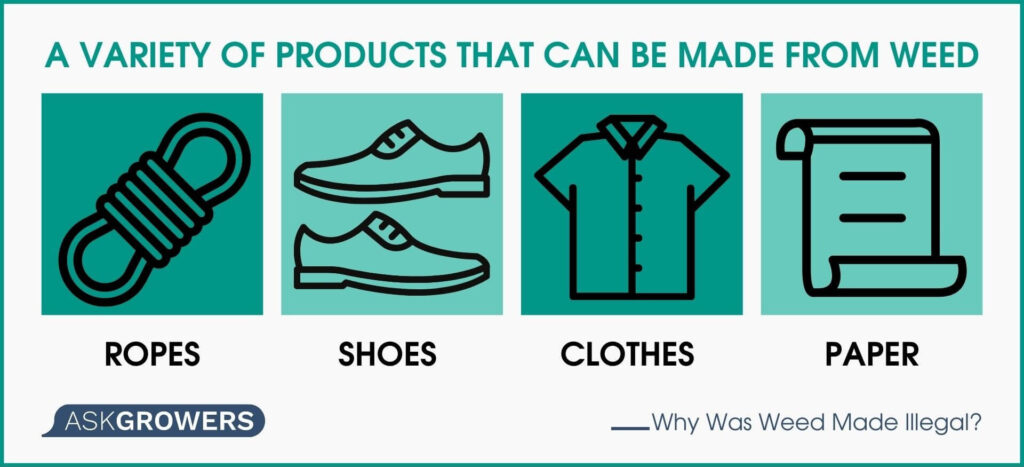
As a fast-growing and easy to cultivate plant with versatile appliances, weed was brought to and widely grown throughout America. US presidents highly appreciated the alternative properties of cannabis. For example, George Washington pushed for the growth of weed to make rope and fabric, while Abraham Lincoln used weed seed oil to fuel his household lamps.
Centuries later, weed still offers a variety of options for its appliances that the present-day world can benefit from. Akasha Ellis, Co-Founder and Farm and Operations Lead of Ventura Seed Company, finds cannabis as a plant of great potential with numerous benefits for society.
“It’s a magical healing plant with infinite gifts that we can sustainably utilize in our society. Some reasons I would say legal, financial, medicinal, recreational, environmental (carbon sequestering), nutritional and building and plastics…the list goes on and on”.
Possible Reasons How Weed Became Illegal
Being an urgent topic for conversation for over a century now, there are quite a few speculations on why was weed made illegal. Brandon Dorsky, CEO of Fruit Slabs, believes that there is more than one reason for it.
“Debatable. Some people say it was made illegal as a form of discrimination. Others say it was pushed to illegality by people in control of printing presses who felt weed was a threat to the paper and printing empire.”
So, what's the deal with cannabis, and who profited from banning it? According to Kelly Benson, Founder and Owner of Mindful Earth, it was the economic system threatened by expanding weed production in the USA.
“Not only do I believe that the powers that be desire to keep us from realizing/cultivating consciousness, but weed also is a very sustainable valuable application for biofuel, paper, building materials, clothing, and so much more. This would take away from their current economical system of these unsustainable ways of attaining these human necessities.”
It All Comes Down to Money
After the 1937's Marihuana Tax Act was drafted by Harry Anslinger and passed by Congress, the speculations around the real names behind the ban involved businessmen Andrew Mellon, Randolph Hearst, and the Du Pont family.
It is said that Randolph Hearst feared that weed would become a cheap substitute for the paper pulp used for newspaper, thus impacting his timber holdings. Another suggestion is that Andrew Mellon, Secretary of the Treasury and the wealthiest man in America, had made a significant investment in nylon production curated by the Du Pont family. Weed was a threat to timber and nylon moguls’ innovation success.
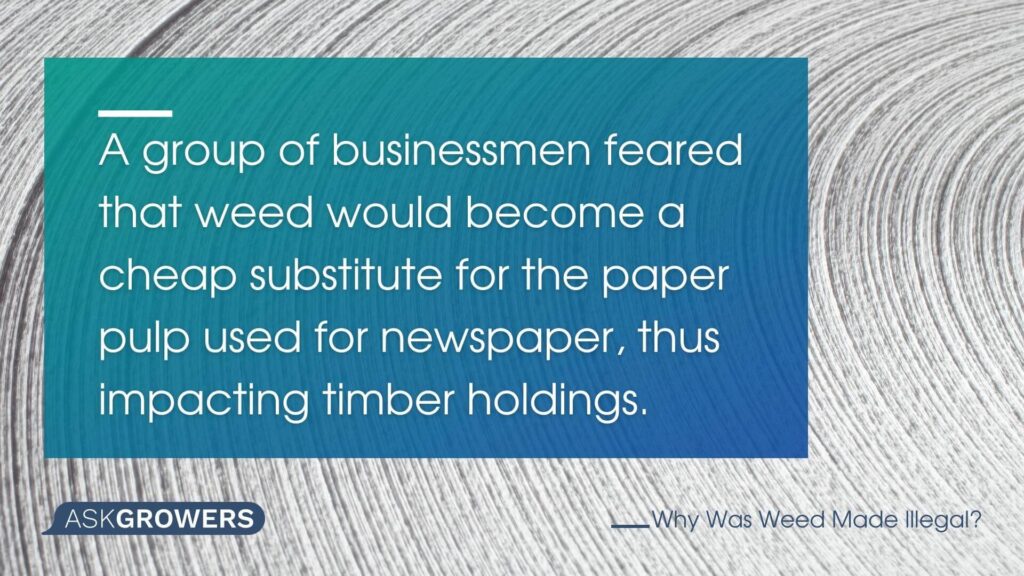 Robert Miller, Owner of Purefectionery, also believes the treats to the paper industry to be one of the main reasons for the cannabis ban.
Robert Miller, Owner of Purefectionery, also believes the treats to the paper industry to be one of the main reasons for the cannabis ban.
"The main story goes back a bit and has not a lot to do with weed. I have put together pieces and who knows how much is truth, fiction or fantasy. So back in the 30’s, cannabis was sold for all kinds of things, from shampoo to creams and syrups. At the same time, Weed was a huge crop in the Americas. One hugely wealthy family, think Rockefellers type rich, was making a tidy sum in paper manufacturing. Around this time, People started making lots more paper from weed as it was cheap and readily available. The wealthy family did not like this as it cut into their wanna be monopoly. SO in the mid 30’s, they started lobbying for a change in the laws regarding weed/cannabis. It’s actually pretty subversive as they started calling cannabis “marahuana” which was a name for cannabis from Mexico. They used this foreign word to scare people about “the danger of marahuana.” Anybody over 40 probably remembers “Reefer Madness” and all the other films comparing cannabis to drugs like Angel Dust. Well, it worked, people got scared and cannabis was declared illegal."
Anti-Mexican Xenophobia
Melissa Beseda, Founder and Co-Owner of Wildwood Flower Farm
“In the early 1900s, Cannabis was associated with immigrants from Mexico, and “studies” linked cannabis use to violence, crime, and social deviance as a justification of the growing Anti-Mexican xenophobia during the Great Depression. Additionally, prohibition and temperance were in the air after the 18th Amendment was ratified and, along with heavy lobbying from the paper industry, cannabis got swept into anti-narcotic legislation.”
Those interested in banning cannabis needed the ground to build their anti-drug campaign on. And they found easy prey in xenophobic public sentiment. Blaming Mexican immigrants for introducing Americans to smoking pot, anti-weed propaganda was constantly associated with murder, torture, and violent behavior.
Gillian Levy, Co-Founder & CEO of Humboldt Apothecary, also blames both racism and money for making cannabis illegal.
“So that big business in America could crush the competition when they invested in timber instead of weed farms. Also because Harry Anslinger, who ruled over the Federal Narcotics Bureau for more than three decades, and contributed significantly to the inception of the prison industrial complex. He was extremely racist and hateful.”
“Law and Order” Presidency
In 1968, Richard Nixon was elected to the presidency on a promise to restore “law and order” in USA. The nation shaken by riots, protests, and murders, was quickly pressured by aggressive media propaganda as a part of the declared War Against Drug Abuse. And Nixon's war on weed was real.
In 1970, Congress placed marijuana in the most restrictive category of drugs having no permissible use in medical practice. This Comprehensive Drug Abuse Prevention and Control Act is valid up to today.
Why Is Weed Illegal Today?
That said, why is marijuana still illegal?

Not long ago, 18 states, 2 territories, and the District of Columbia have legalized cannabis. Colorado was the first state to permit marijuana for recreational use on the first day of 2014. Could there be a better New Year's gift? If the shadow of federal law hadn't made things so complicated, it would have been the best present indeed.
California became the first state to allow medical use of cannabis in 1996. Other states followed the example, making weed legal for either medical or recreational or both purposes. Judging from the recent polls, the pro-cannabis trend in the US is only gaining steam. Though the question of whether marijuana will ever be legal federally remains.
What's the hitch? Marijuana remains a Schedule I substance on the US Controlled Substances Act, meaning its use is prohibited at the federal level, even for medical purposes. It is believed to be the most dangerous of all the controlled substances with a serious risk of abuse. Yet, according to a Pew Research Center survey, two-thirds of Americans think cannabis should be legal either for medical or recreational purposes.
So why is weed illegal?
The Federal Government Doesn’t Agree
Amid the highest level of pro-cannabis supporters Unites States have ever seen, there are still loads of work to be done to get approval on the federal level.
For instance, the majority of Senate Republicans show little support for legalization. And though legalizing weed is a popular issue, it isn’t the foremost priority for many US citizens. Partially, this can be explained by the success of marijuana legalization at state levels. Considering that 1 in 3 Americans can access pot legally for recreational purposes, it may not bother them why is marijuana illegal in other states and whether it’s their state government or the federal government standing behind that ban.
Conclusion
The century-long pro-marijuana drive still continues, but the destination seems to be just around the corner. In the meantime, remember that the journey is not just about the destination. So take the HIGHway and enjoy the ride!

 Education
Education
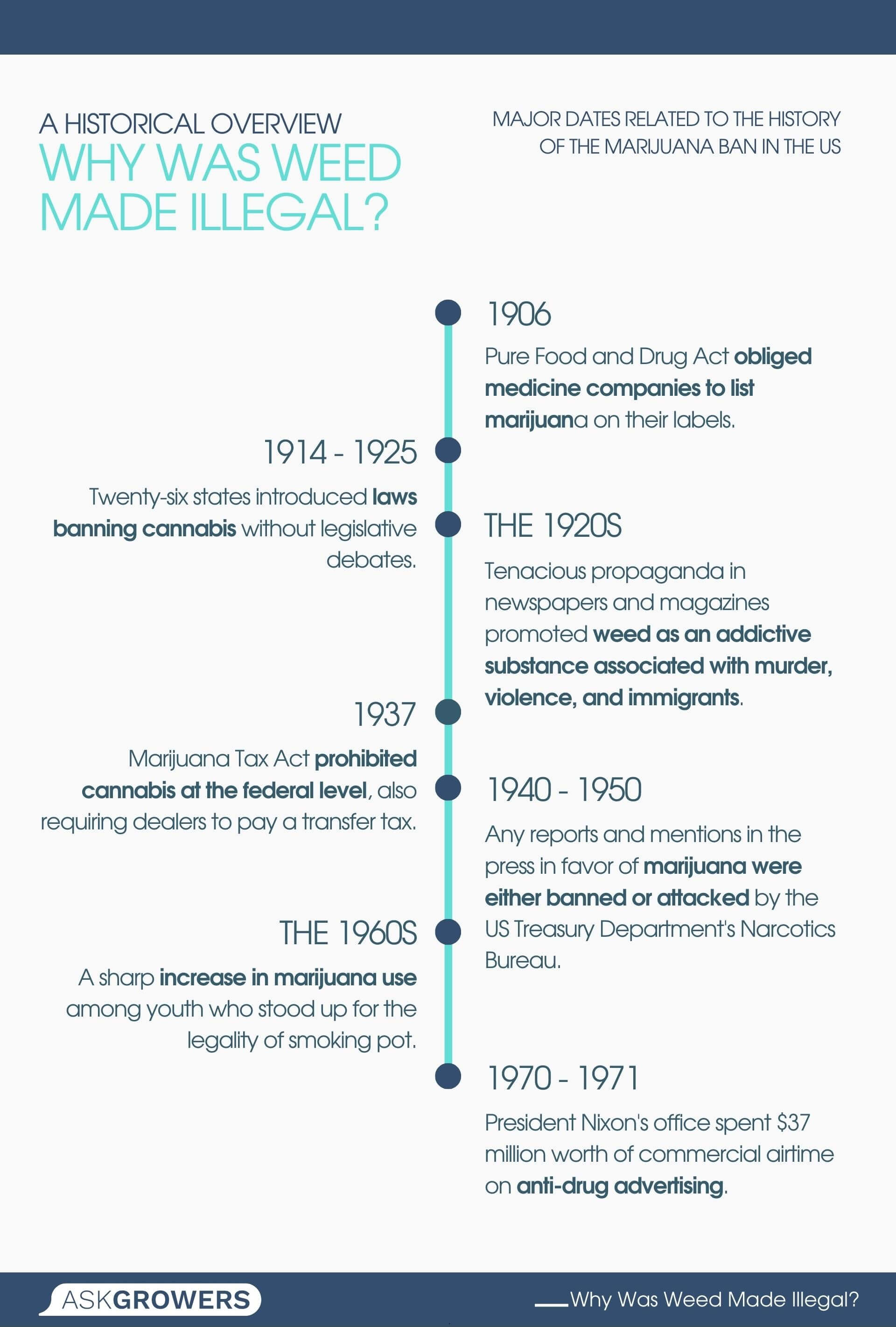

.png)

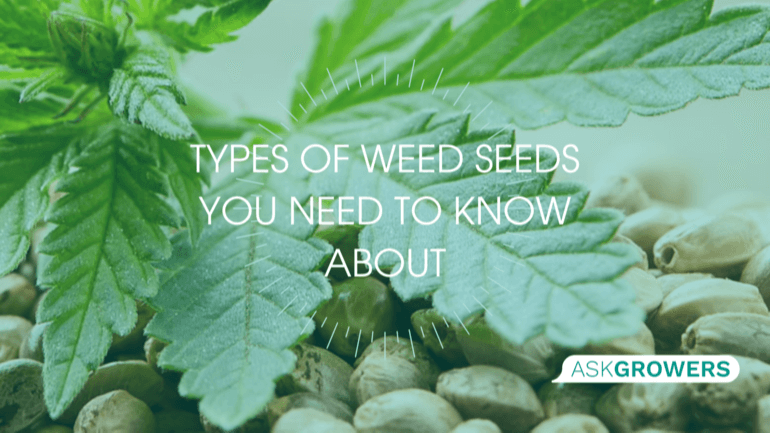
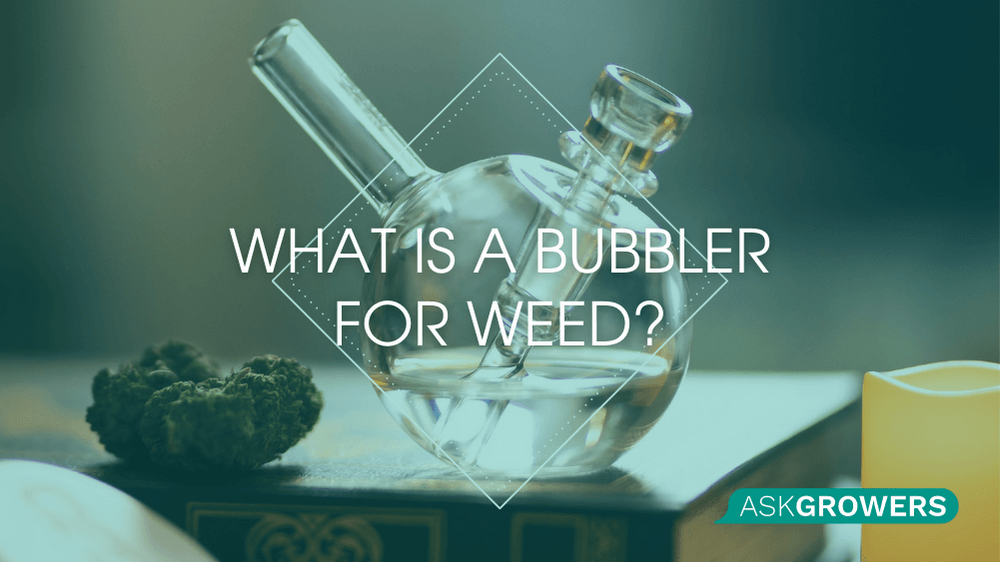
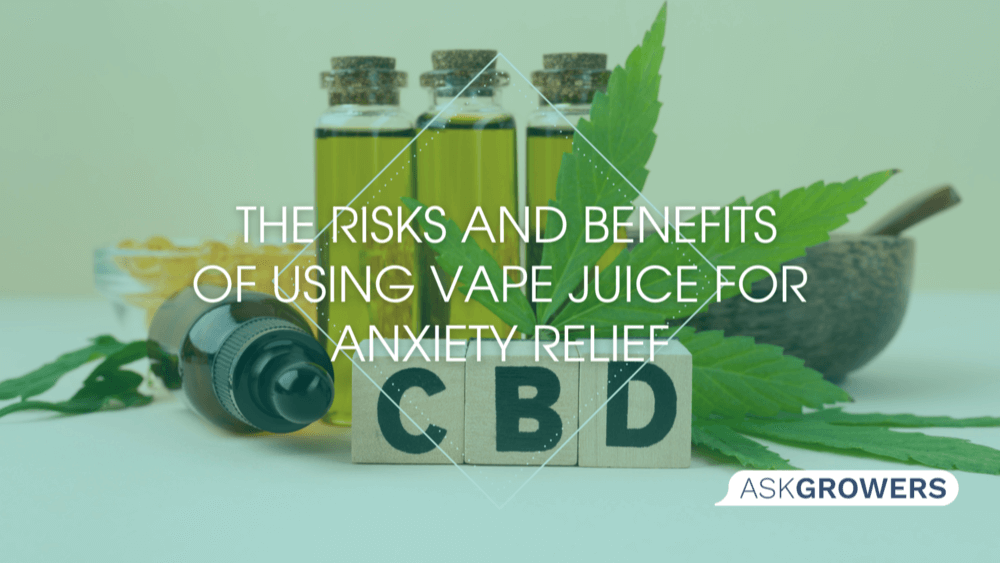

 (1).png)

.jpg)

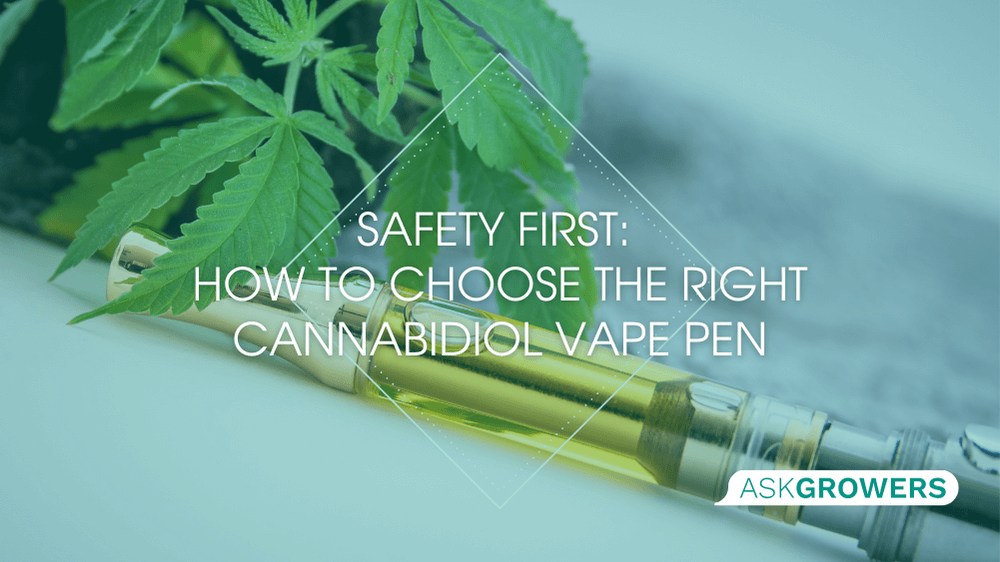
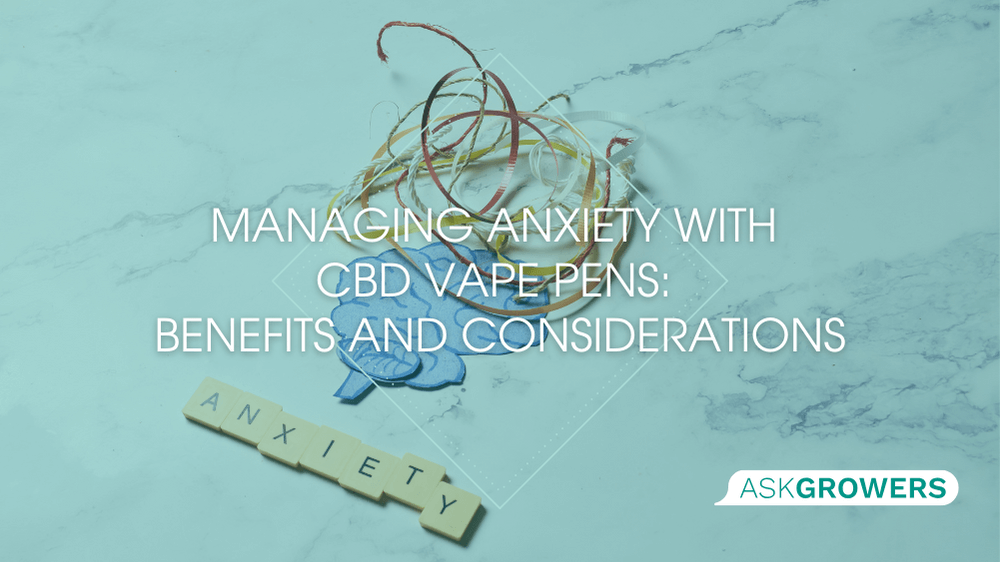
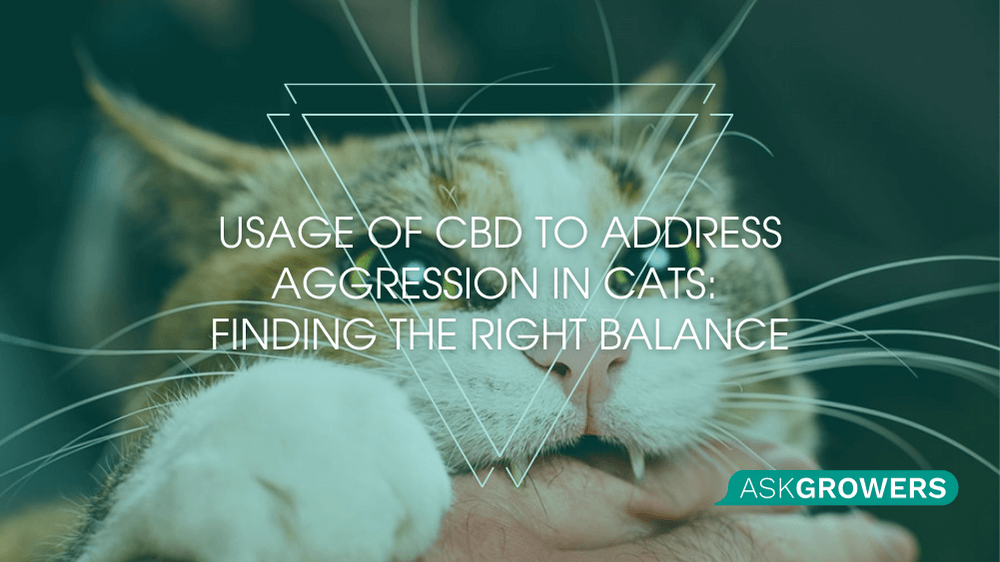

Be the first and share your opinion
Write a Review